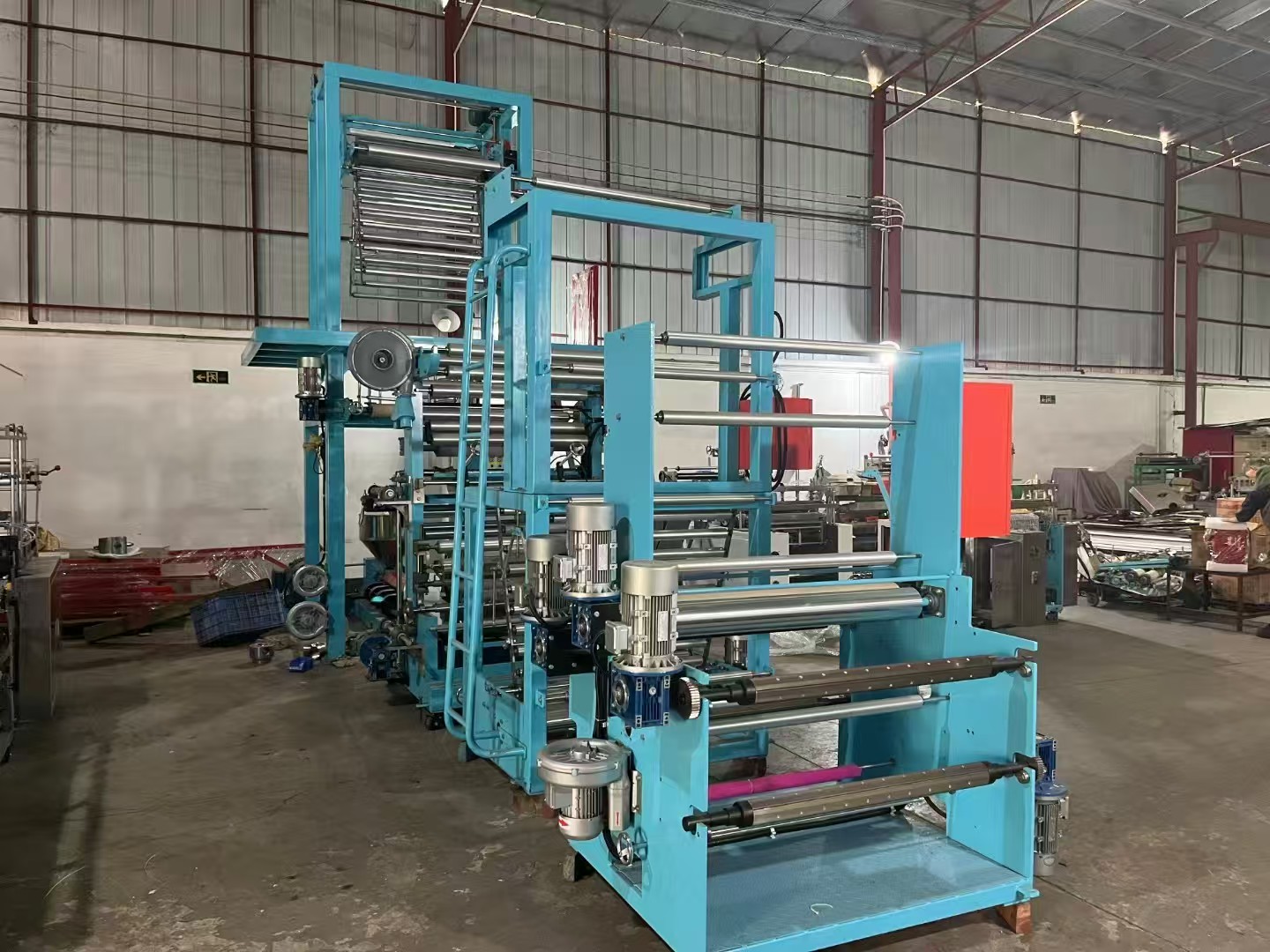Our product advantage
Starch PVA: Revolutionizing Packaging with a Green Circular Economy
Starch-based new green ecological material - starch PVA material can change the packaging evolution mode into a feedback cycle development path of "renewable resources → products → waste biodegradation or water-soluble → H₂O+C0₂ → renewable resources", which is in line with the concept of circular economy and the development direction of global industrial policies of "resource substitution", "clean production", "energy conservation and emission reduction" and "environmental friendliness". It has great implementation and application value and broad market prospects.


Burn without toxic gas
The total semivolatile compounds released after pyrolysis and combustion of the starch/PVA sample accounted for only 35% and 45% of the compounds released by polyethylene, respectively, and showed carbon oxides after combustion.
Soluble easily in hot water
PVA film dissolution characteristics are divided into several categories:
Normal temperature soluble film (NT type, also known as fast-melting film, cold-melting film): Dissolution temperature 25℃
Intermediate temperature soluble film (IT type, also known as medium soluble film, hot melt film): Dissolution temperature 65℃
High-temperature soluble film (HT type, also known as insoluble film, solvent-resistant film): Dissolution temperature 85℃
Our production advantage
Starch PVA Innovation: Pioneering Eco-Friendly Materials with unique technology


Its raw materials have reached a strategic consensus with Wanwei, the world's leading polyvinyl alcohol producer, and have joined hands with mature technology and processes. The research and development team led by Professor Chen and Li Xingjin has created more renewable green materials that are convenient for life, beneficial to the ecology, functional, and beneficial to the environment with scientific and technological research and development as the core. Starch polyvinyl alcohol film has little competition at home and abroad, and its production technology, production process, and equipment are unique to the company.
Starch-based polyvinyl alcohol starch products, the company solves the problems of difficult film formation, difficult injection molding, resistance to normal temperature water, and moisture absorption and exudation of starch polyvinyl alcohol products.
PVA high starch film is difficult to form. Water resistant
Production: No exhaust gas, no waste water, no waste; Use: No microplastics, no harm, no traces
Main raw materials: corn starch, tapioca starch, biomass, PVA, vegetable glycerin
Our company's unique granulator, film blowing machine, and heat sealing machine use special steel. (Conventional equipment cannot produce starch PVA film)







